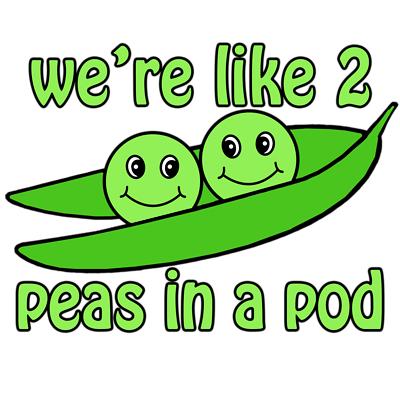Foundation of Creative Thinking
The use of metaphors, analogies, and similes are excellent ways to spark innovative thinking. Building a habit of thinking in terms of metaphors, similes, and analogies allows one to develop a new perspective. Seeing connections in a new light can result in creative solutions to problems. In addition, all three of these makes the brain work harder as it looks at the familiar in a new (often strange) light, or the strange in a familiar light.
Metaphors
A metaphor is typically defined as a word or phrase that is applied to an object or action which it is not literally applicable (www.dictionary.com). That is a lot of verbiage for something pretty simple. The following are a few examples of a metaphor:
Frozen wages
Liquid assets
Barks an order
Late breaking news
Analogies
An analogy is typically a comparison of dissimilar things (www.dictionary.com). The following are examples of an analogy:
A digger is like a praying mantis.
A heart is like a pump
I am going to be toast when I get home.
She is as flaxy as a snowstorm
Similes
A simile is a figure of speech in which two unlike things are explicitly compared (www.dictionary.com). The following are several examples of similes.
Sweet as a summer shower
Cute as a kitten
Busy as a bee
Conclusion
The use of these for creative thinking allows one to make connections with unfamiliar things. This allows the mind to act as a beginner, allowing for the opening of new ideas. As Albert Einstein once said, “an expert is a person who has few new ideas; a beginner is a person with many.” The more ways one can look at the world differently will allow new thought patterns for new ideas.




